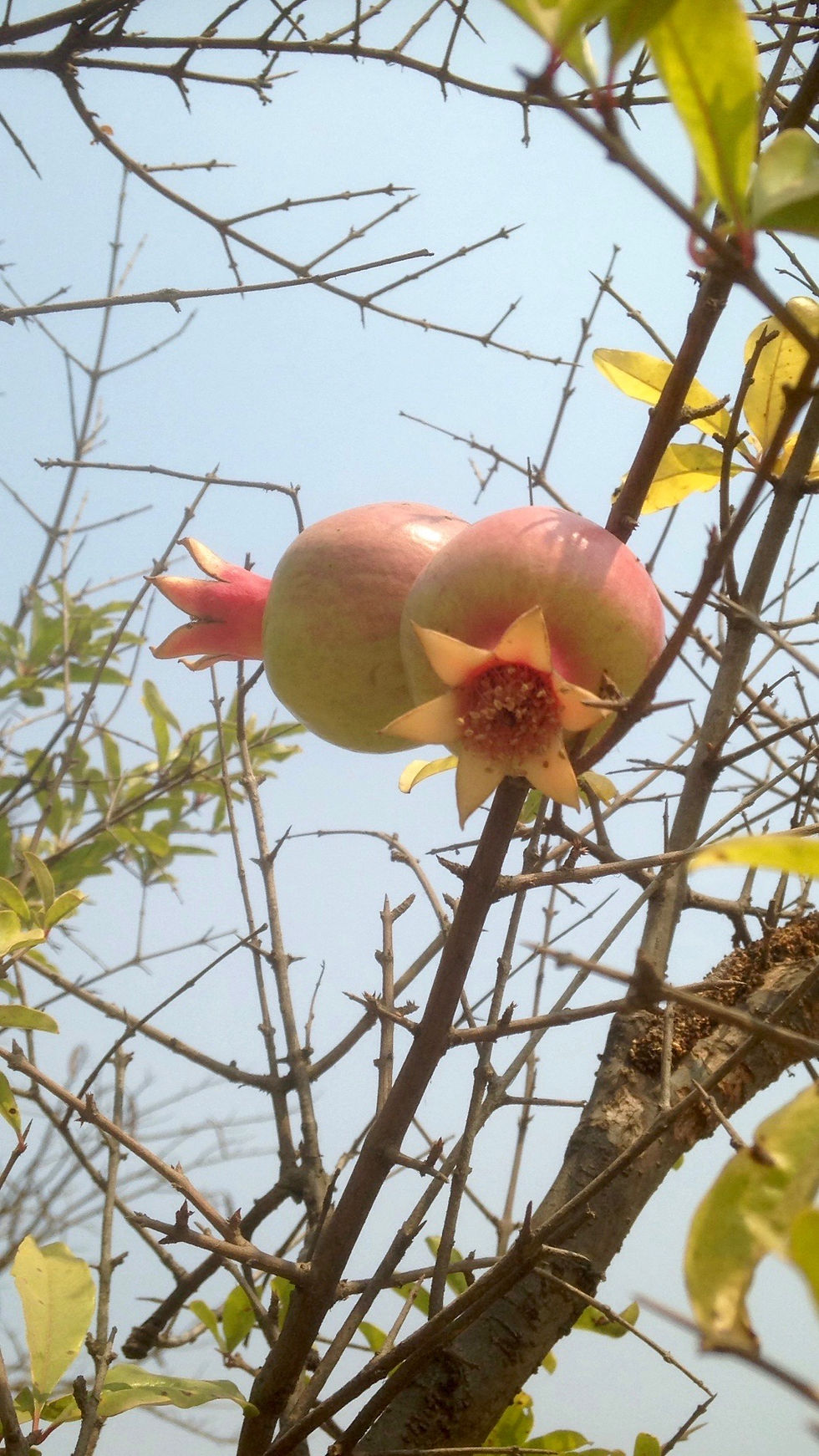Of Jacarandas and Pomegranates
- CMS Ireland
- Sep 12, 2017
- 3 min read
When we first came to Zambia in 2002, the house was new, and the surroundings were basically a building site. We brought in top soil and planted grass and a few flowers. Over the six years we lived there we added to that collection. We planted a few trees. One or two of our trees have not survived the attentions of the termites, which delight in eating the roots, but some, to our surprise, are still here.

Of all the flowering trees which have survived in our garden our favorite is the jacaranda. We planted it about 12 or so years ago as a sapling and found it again when we returned.
Jacarandas have a beautiful mauve flower, and do well in this climate. They flower in August and September. Many are heavy with flowers now, and give an impression of being surrounded by a flowering purple haze. They are widespread around the city of Kitwe, and Ndola, the provincial capital about sixty kilometers away, has a main street lined with them. It is a spectacular sight at this time of year. Ours is a little late, and a little thin on the flowers, but a few are beginning to appear, much to our delight.
One tree whose survival has given us a great deal of pleasure is Hannah’s pomegranate tree. It was a present given to Hannah many years ago, by some friends. We planted it and waited. It took, and grew. When we left in 2008 it was beginning to produce some fruit.

Pomegranate trees are not really a tropical tree. They don’t get on very well in Zambia, it’s too hot in the hot season and it’s very dry during the dry season. What is more, the seasons are confusing for it. Mediterranean climates, in which the pomegranate belongs, are wet during the winter months and dry in the summer. Here it’s the wrong way round. The poor tree is confused. Yet it survives, against the odds. We found it when we came back in January, and yes it is producing some fruit.
There is something profoundly comforting about its survival. It reminds us that our children spent their formative years here. That they, now grown and flown, are in part, a product of this land, of the red earth in which the pomegranate and the jacaranda trees are rooted and of the turning of its seasons. It gives us a sense of continuity, of belonging, of being home.
The threads which tie us to the past, which give us a sense of belonging and identity are sometimes denigrated, especially when we are young. This neither need, nor should, be so. The deep well of our traditions can become the source of hope, the well spring of our redemption.
The prophet of those middle chapters of Isaiah proclaimed hope to a people in the deep despair of national collapse and exile. Refugees and deportees, who, like the people of Syria or Iraq or, for that matter Houston Texas, had lost everything, even their hope. Drawing on the ancient faith of Israel s/he proclaims that God is still God, both willing and able to redeem.
Jesus too celebrated the most ancient of traditions of his people in that final Passover with his disciples. A celebration handed on for us to draw upon as we continue to celebrate and proclaim the liberation of all humanity.
The rhythms of hope can be found where we seek for them, in the treasures of ancient stories of hope and freedom, in a few trees whose simple survival provide a link across fleeting years, in the tree at the heart of the One who is Lord of all.












